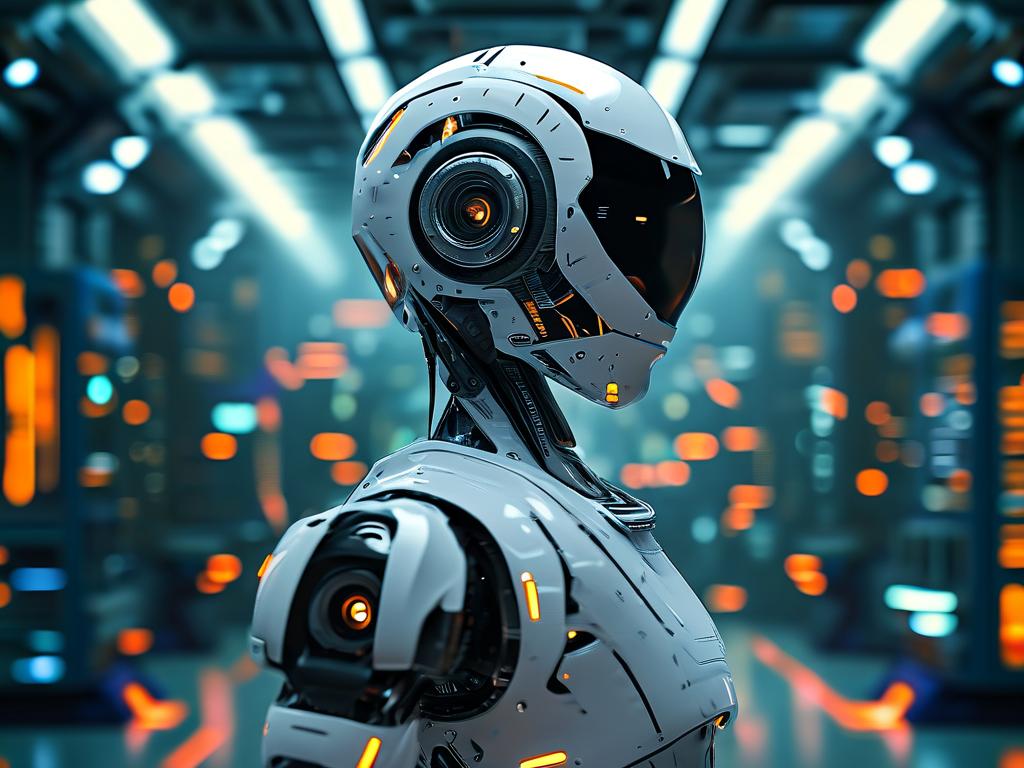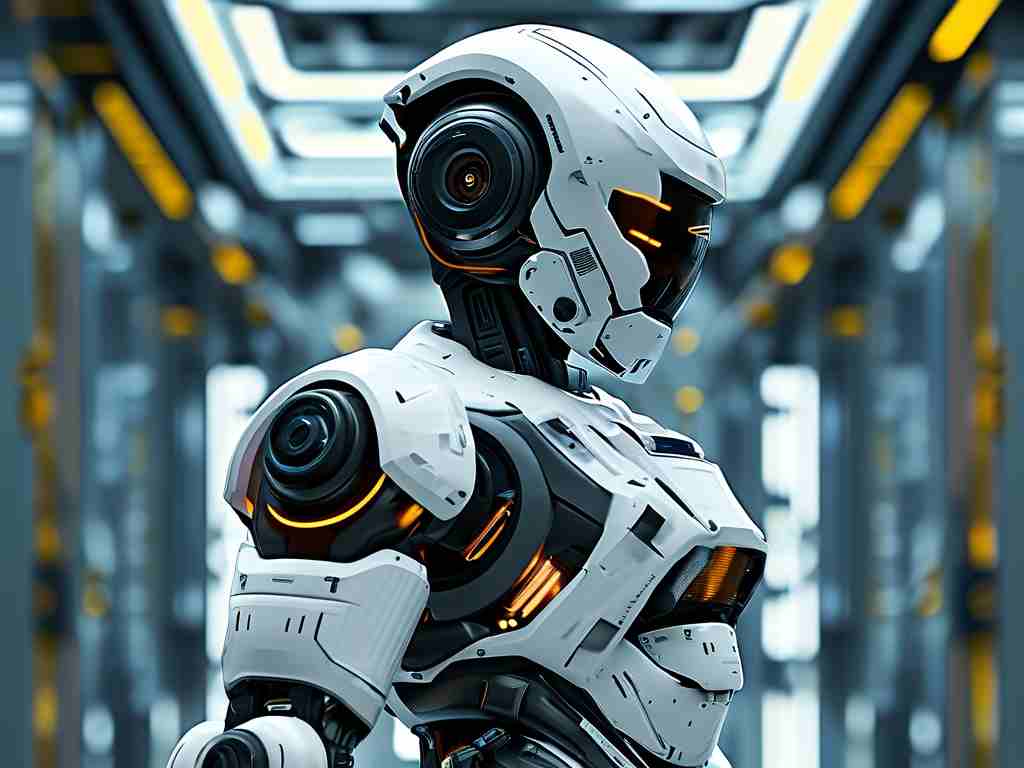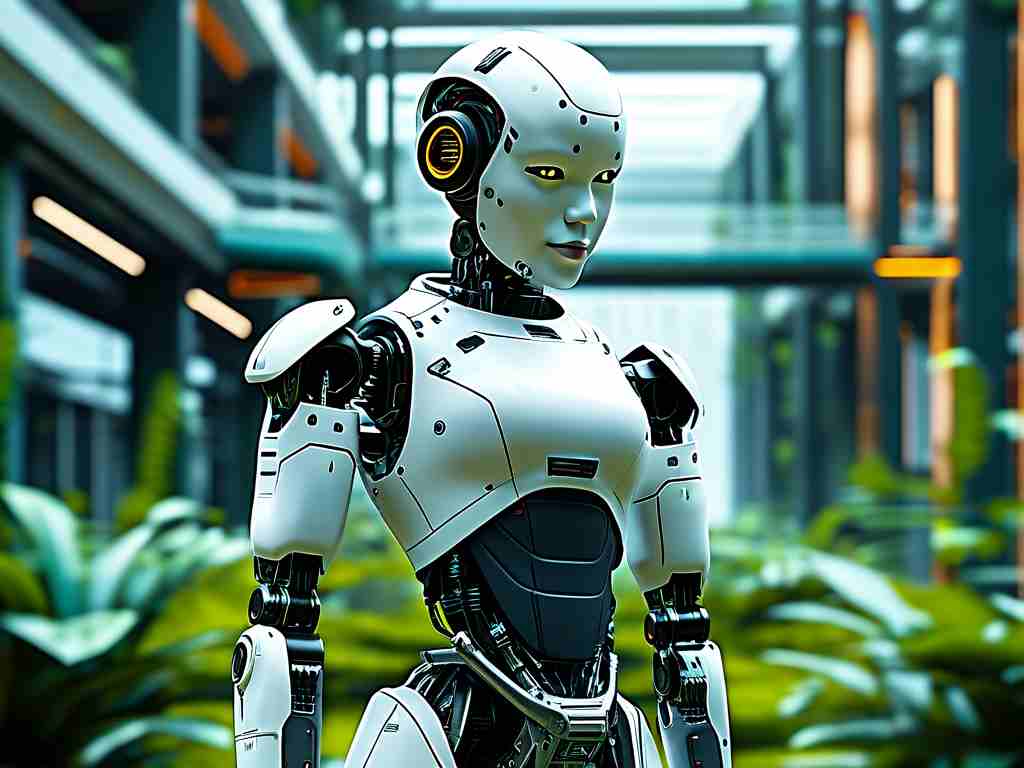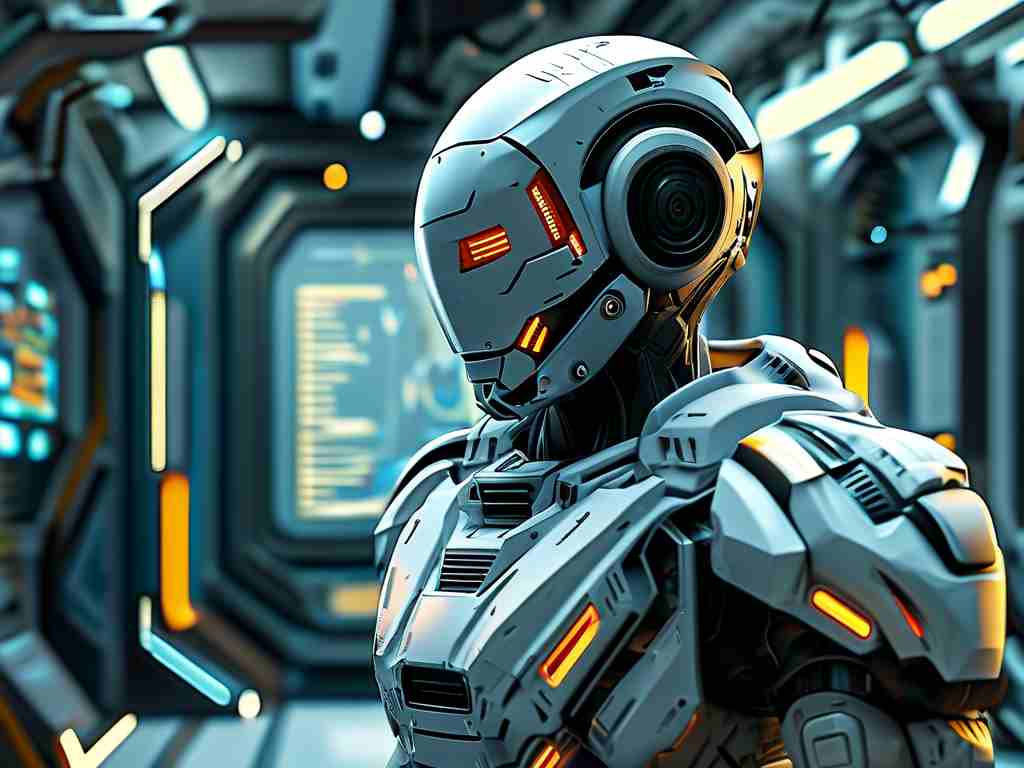The evolution of service robots has transformed industries ranging from healthcare to hospitality, driven by breakthroughs in multiple technological domains. These machines combine hardware innovation with sophisticated software frameworks to perform tasks autonomously or with minimal human intervention. Understanding the core technologies powering these systems reveals how they achieve precision, adaptability, and contextual awareness in dynamic environments.
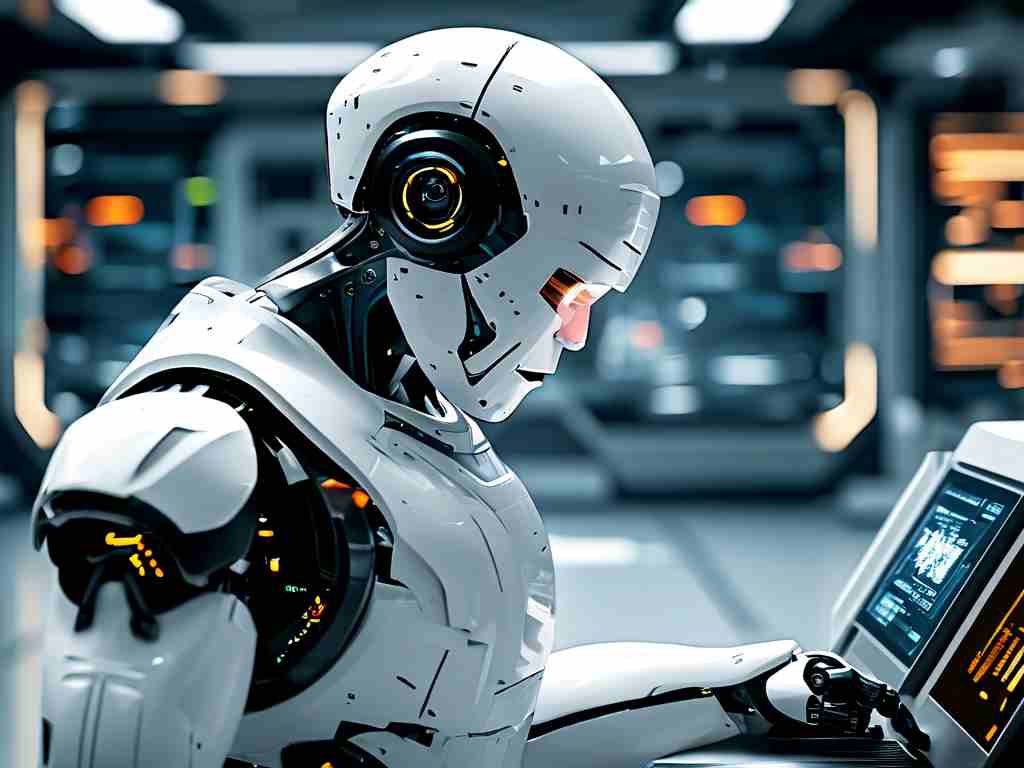
At the heart of service robots lies artificial intelligence (AI). Machine learning algorithms enable robots to process vast datasets, recognize patterns, and make real-time decisions. For instance, natural language processing (NLP) allows robots like hotel concierge assistants to interpret guest requests, while computer vision helps cleaning robots distinguish between obstacles and recyclable items. Reinforcement learning further enhances their ability to adapt to new scenarios, such as navigating crowded spaces or adjusting grip strength when handling fragile objects.
Sensor fusion is another critical component. Service robots integrate data from lidar, cameras, infrared sensors, and tactile feedback systems to create a cohesive understanding of their surroundings. Autonomous delivery robots in warehouses, for example, use this technology to map routes, avoid collisions, and detect changes in terrain. Advanced models even employ 3D depth sensing to identify objects with millimeter-level accuracy, crucial for tasks like surgical assistance or precision assembly.
The role of edge computing cannot be overstated. By processing data locally instead of relying solely on cloud servers, robots reduce latency and maintain functionality in low-connectivity environments. A restaurant service robot calculating optimal paths between tables or a security patrol bot analyzing surveillance footage both benefit from this approach. Coupled with 5G connectivity, edge systems enable faster data exchange for multi-robot coordination in large-scale operations.
Human-robot interaction (HRI) frameworks ensure seamless collaboration between machines and people. Emotion recognition algorithms allow eldercare robots to adjust their tone or actions based on a user’s mood, while haptic feedback systems provide tactile responses during physical interactions. Service robots in retail settings use gesture recognition to assist customers without verbal commands, creating intuitive user experiences.
Underpinning all these features is robotic middleware, software platforms like ROS (Robot Operating System) that standardize communication between hardware components and AI modules. These systems simplify development, allowing engineers to focus on specialized applications rather than reinventing foundational architectures. For example, a single ROS-based platform might support both a hospital disinfection robot and an agricultural harvesting machine, with customization handled through modular plugins.
Energy efficiency remains a persistent challenge, addressed through advanced power management systems. Swappable battery packs, wireless charging stations, and low-power AI chips extend operational uptime. Some robots employ kinetic energy recovery, converting movement into stored power—a feature particularly useful for logistics robots traversing large warehouses.
Looking ahead, quantum computing and neuromorphic engineering promise to revolutionize service robotics. Quantum algorithms could solve complex pathfinding problems in seconds, while brain-inspired chips may enable more organic learning processes. As these technologies mature, service robots will transition from task-specific tools to versatile partners capable of abstract reasoning and creative problem-solving.
Ethical considerations around privacy and job displacement continue to shape development priorities. Transparent AI explainability frameworks and reskilling initiatives for affected workers are becoming integral to responsible robotics deployment. Striking this balance will determine how seamlessly these technologies integrate into society, transforming service robots from novel gadgets into indispensable collaborators.
In essence, the magic of service robots emerges from the synergy of discrete technologies. Each advancement in AI, sensing, or energy management pushes the boundaries of what these machines can achieve, paving the way for a future where human and robotic capabilities complement one another in unprecedented ways.


